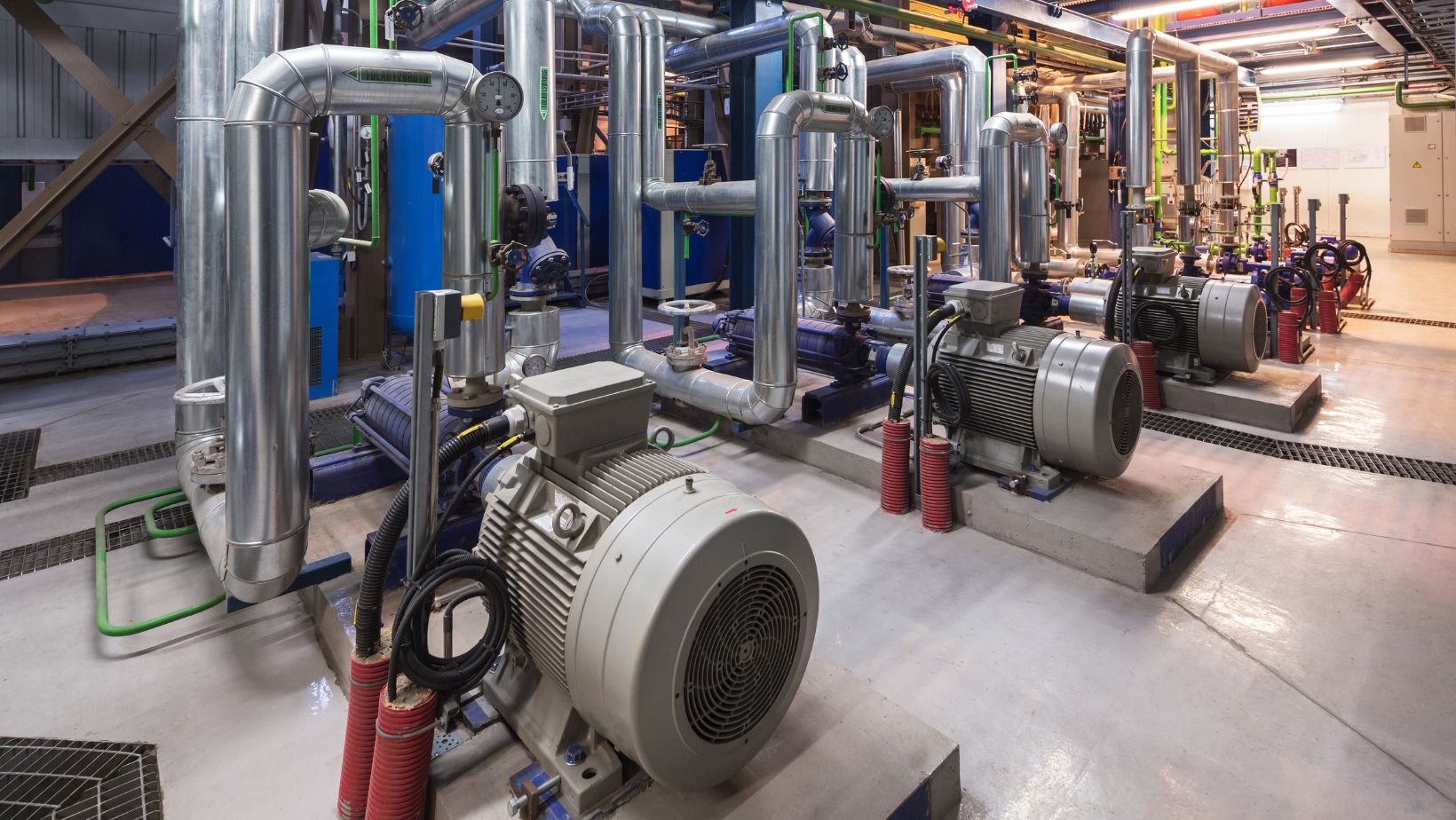Table of Contents
Which of The Following is The Best Example of Cogeneration?
Cogeneration, also known as combined heat and power (CHP), is a highly efficient method of energy production that simultaneously generates electricity and useful heat from a single fuel source. With the increasing focus on sustainability and energy efficiency, cogeneration has gained significant attention in recent years. In this article, I’ll explore some of the best examples of cogeneration and discuss their benefits and applications. From industrial facilities to residential buildings, cogeneration systems have the potential to revolutionize the way we produce and utilize energy.
One notable example of cogeneration is district energy systems, which provide heating, cooling, and electricity to multiple buildings within a localized area. By utilizing a central cogeneration plant, these systems can efficiently generate electricity while capturing and utilizing the waste heat to meet the heating and cooling needs of nearby buildings.
What is Cogeneration?
Definition of Cogeneration
Cogeneration, also known as combined heat and power (CHP), is an efficient method of energy production that involves the simultaneous generation of electricity and useful heat from a single fuel source. In a cogeneration system, the heat produced as a byproduct of electricity generation is captured and utilized for heating, cooling, or other industrial processes. This process maximizes the overall energy efficiency of the system, making cogeneration a sustainable and environmentally friendly solution.
Benefits of Cogeneration
Cogeneration offers numerous benefits that make it an attractive option for energy production. Some of the key benefits include:
- Increased Energy Efficiency: Cogeneration systems are highly efficient, typically achieving overall energy efficiencies of 70-90%. This is significantly higher than the efficiency of conventional power plants, which typically ranges from 30-40%. By utilizing the waste heat that would otherwise be wasted, cogeneration systems make the most of the fuel source.
- Reduced Greenhouse Gas Emissions: The high efficiency of cogeneration systems leads to a significant reduction in greenhouse gas emissions. By using the waste heat, less fuel is required to meet the energy demands, resulting in lower carbon dioxide (CO2) emissions. This contributes to mitigating the impact of climate change.
- Lower Energy Costs: By generating electricity on-site and utilizing the waste heat, users can decrease their reliance on the grid, leading to lower energy bills. In some cases, excess electricity can even be sold back to the grid, further offsetting costs.
- Enhanced Energy Resilience: Cogeneration systems provide a decentralized energy solution, reducing vulnerability to grid outages and increasing energy resilience. By generating electricity on-site, users can continue to meet their energy needs even during power outages, ensuring uninterrupted operations.
- Versatile Applications: District energy systems, which provide heating, cooling, and electricity to multiple buildings in a localized area, are an excellent example of cogeneration at a large scale. Micro-CHP systems in residential buildings, on the other hand, demonstrate cogeneration at a smaller scale, generating electricity for household use while providing heat for space heating and hot water.

Examples of Cogeneration
Example 1: Industrial Cogeneration
Industrial cogeneration is one of the best examples of cogeneration due to its ability to maximize energy efficiency and reduce greenhouse gas emissions in large-scale operations. Many industries, such as manufacturing plants, chemical refineries, and pulp and paper mills, rely on a continuous supply of both electricity and heat for their operations. By implementing cogeneration systems, these industries can generate electricity on-site while simultaneously capturing and utilizing the waste heat produced during the electricity generation process.
The waste heat can be used for various purposes, such as space heating, water heating, or even powering other industrial processes. This significantly reduces the overall energy consumption and reliance on external sources, resulting in cost savings and environmental benefits. Industrial cogeneration systems can be designed to run on a variety of fuel sources, including natural gas, biomass, or waste heat from industrial processes, making them versatile and adaptable to different industries’ needs.
Example 2: Residential Cogeneration
Residential cogeneration, also known as micro-CHP (Combined Heat and Power), is another excellent example of cogeneration that can benefit individual homes and communities. In residential cogeneration systems, a small-scale generator is installed in homes or buildings to produce both electricity and heat. These systems typically operate on natural gas or propane and are designed to meet the electricity and heating demands of the household.
The electricity generated by residential cogeneration units can be used to power appliances and electronics within the home, reducing the reliance on the grid and lowering electricity bills. Meanwhile, the waste heat produced during the electricity generation process can be captured and used for space heating, water heating, or even pool heating. This dual use of energy not only increases energy efficiency but also reduces greenhouse gas emissions and dependence on external energy sources.
Conclusion
Cogeneration, or combined heat and power (CHP), is a highly efficient method of energy production that offers numerous benefits. Industrial cogeneration maximizes energy efficiency and reduces greenhouse gas emissions in large-scale operations, making it a prime example of cogeneration. By implementing cogeneration systems, industries can generate electricity on-site while utilizing waste heat for various purposes, resulting in cost savings and environmental benefits. Both industrial and residential cogeneration showcase the significant benefits of this energy production method, enhancing energy efficiency, reducing emissions, lowering costs, and providing versatile and resilient energy solutions. Cogeneration is a sustainable and practical approach that can contribute to a more sustainable and efficient energy future.


